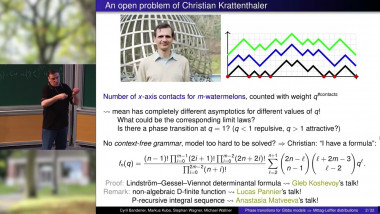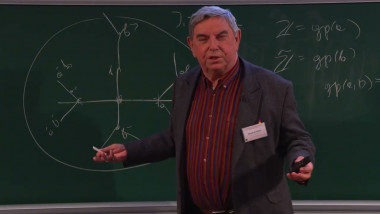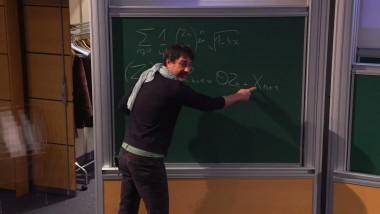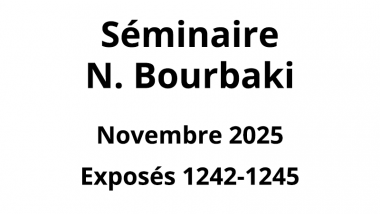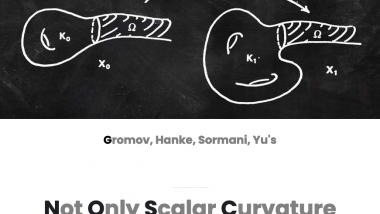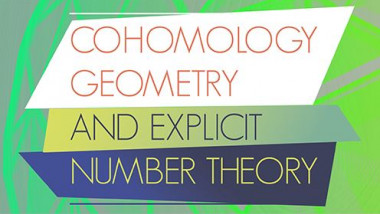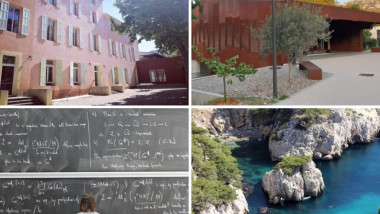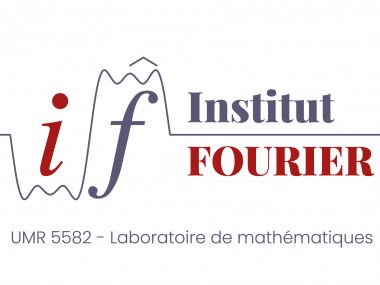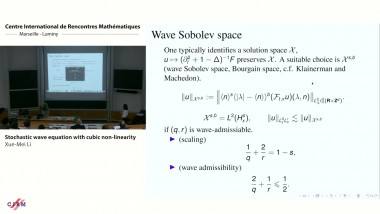Appears in collection : Heavy Tails, Long-Range Dependence, and Beyond / Queues lourdes, dépendance de long terme et au-delà
We study random fields taking values in a separable Hilbert space H. First, we focus on their local structure and establish a counterpart to Falconer's characterization of tangent fields. That is, we show (under general conditions) that the tangent fields to a H-valued process are self-similar and almost all of them have stationary increments. We go a bit further and study higher-order tangent fields. This leads naturally to the study of self-similar intrinsic random functions (IRF) taking values in a Hilbert space. To this end, we begin by extending Matheron's theory of scalar-valued IRFs and provide the spectral representation of H-valued IRFs. We then use this theory to characterize large classes of operator self-similar H-valued IRF processes, which in the Gaussian case can be viewed as the H-valued counterparts to fractional Brownian fields. These general results may find applications to the study of long-range dependence for random fields taking values in a Hilbert space as well as to modeling function-valued spatial data.
![[1244] Minimal surfaces via equivariant eigenvalue optimization](/media/cache/video_light/uploads/video/SeminaireBourbaki.jpg)
